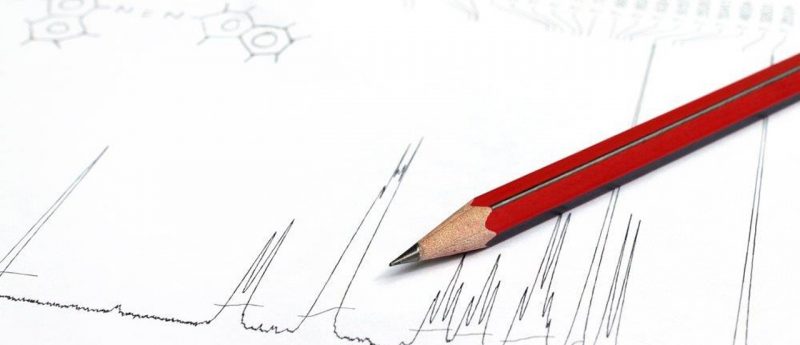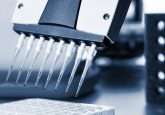Development of methods to monitor ionization modification from dosing vehicles and phospholipids in study samples

Two approaches to monitor the matrix effect on ionization in study samples were described. One approach is the addition of multiple reaction monitoring transitions to the bioanalytical methods to monitor the presence of known ionization modification-causing components of the matrix, for example, m/z 184→125 (or m/z 184→184) and m/z 133→89 may be used for phospholipids and polyethylene oxide containing surfactants, respectively. This approach requires no additional equipment and can be readily adapted for most method. The approach detects only the intended interfering compounds and provides little quantitative indication if the matrix effect is within the tolerable range (±15%). The other...






